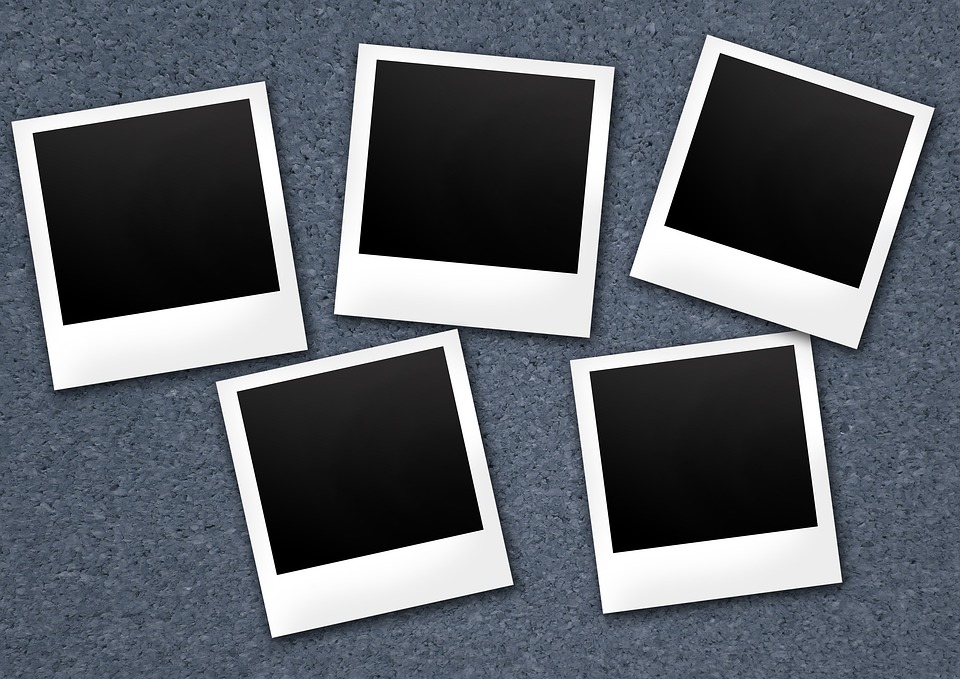Unveiling the Dynamics: Progress and Challenges in Depicting LGBTQ+ Characters in Arab Cinema
Arab cinema has long served as a reflection of the cultural, social, and political norms prevalent within the Arab world. Over the years, it has evolved, shedding light on a variety of themes and breaking several societal taboos. One such taboo that has recently gained traction is the depiction of LGBTQ+ characters in Arab cinema. While a few courageous filmmakers have ventured into exploring this subject matter, progress remains slow due to the challenges and controversies surrounding it.
The depiction of LGBTQ+ characters in Arab cinema is a groundbreaking step towards breaking down the walls of ignorance and challenging stereotypes ingrained within Arab societies. These characters offer insight into the experiences and struggles of a community often marginalized and silenced. They provide an opportunity for LGBTQ+ individuals to witness their own stories unfold on the silver screen, encouraging them to embrace their identities with pride and self-acceptance.
The progression of LGBTQ+ representation in Arab cinema can be traced back to a few significant films that bravely embraced this subject matter. One such film is “Out Loud” (2011), directed by Samer Daboul. It follows the lives of a group of friends navigating their LGBTQ+ identities amidst the backdrop of Beirut. Through their experiences, the film highlights the importance of acceptance and the power of friendship in challenging societal norms.
“Breaking Borders” (2018), directed by Trabelsi Anmar, offers an exploration of queer culture in Tunisia. The film depicts a young transgender woman named Amina, who faces relentless turmoil and discrimination but remains resilient in her pursuit of self-realization. By shedding light on the struggles faced by the LGBTQ+ community, “Breaking Borders” aims to initiate a dialogue about acceptance and equality within the Tunisian society.
Despite these commendable efforts, challenges continue to hinder the progress of LGBTQ+ representation in Arab cinema. Conservative ideologies and homophobia embedded within Arab societies often lead to significant backlash against films that attempt to shed light on the experiences of LGBTQ+ characters. Filmmakers must navigate a delicate tightrope, balancing their desire for artistic expression with the potential backlash, which could include censorship, threats, or even legal consequences.
The controversy surrounding the 2017 film “Sara”, directed by Khalid Al-Haggar, exemplifies the challenges filmmakers face in depicting LGBTQ+ characters. The film tells the story of a transgender woman and her journey navigating love, acceptance, and personal growth. It sparked outrage and condemnation from conservative groups, leading to its ban in several Arab countries. This incident exposes the deep-seated resistance that Arab cinema faces when attempting to address LGBTQ+ issues.
Furthermore, funding and distribution obstacles hinder the production and reach of films centered around LGBTQ+ characters. Financing is harder to secure for films that challenge societal norms, as many investors are reluctant to associate themselves with controversial subject matters. Consequently, these films often have limited screenings, restricting their reach and impact.
The scarcity of LGBTQ+ representation in Arab cinema not only alienates members of the LGBTQ+ community but also perpetuates negative stereotypes and ignorance within society at large. By not portraying diverse and realistic representations of LGBTQ+ characters, Arab cinema misses an opportunity to initiate dialogue, foster understanding, and challenge traditional narratives.
However, despite the challenges, progress in LGBTQ+ representation within Arab cinema is slowly being made. The success of films such as “And Then We Danced” (2019), directed by Levan Akin, which explores homosexuality in the conservative community of Georgia, has inspired many filmmakers within the Arab world. This film received critical acclaim internationally, showcasing the appetite for stories that celebrate diversity and challenge social norms.
Additionally, the rising popularity of Arab films on global platforms like Netflix and Amazon Prime has the potential to redefine representation in Arab cinema. These platforms provide an avenue for filmmakers to reach audiences worldwide, bypassing traditional censorship and allowing them to present stories that are in line with their artistic vision.
In conclusion, the depiction of LGBTQ+ characters in Arab cinema stands as a vital and groundbreaking step towards promoting understanding, acceptance, and LGBTQ+ rights within Arab societies. While progress has been slow and challenges remain, filmmakers continue to brave these obstacles, aiming to reshape societal narratives and inspire dialogue through their art. With greater exposure, increased funding, and the willingness of both filmmakers and audiences to challenge preconceptions, Arab cinema has the power to create a more inclusive and representative platform for LGBTQ+ individuals.
Finally, we would like to introduce you to an innovative platform dedicated to the study of sexuality in Arabic cinema.
Complying with international laws and regulations, our site offers a variety of film analyzes, from independent to mainstream, that provide a subtle insight into sexual themes in the Arab film industry. With a streamlined interface and simple search features, aflamaljins.com provides a safe, respectful and interactive environment for users. If you are intrigued by the intersection of Arab culture, sexuality and cinema, our website is a comprehensive and educational resource.
